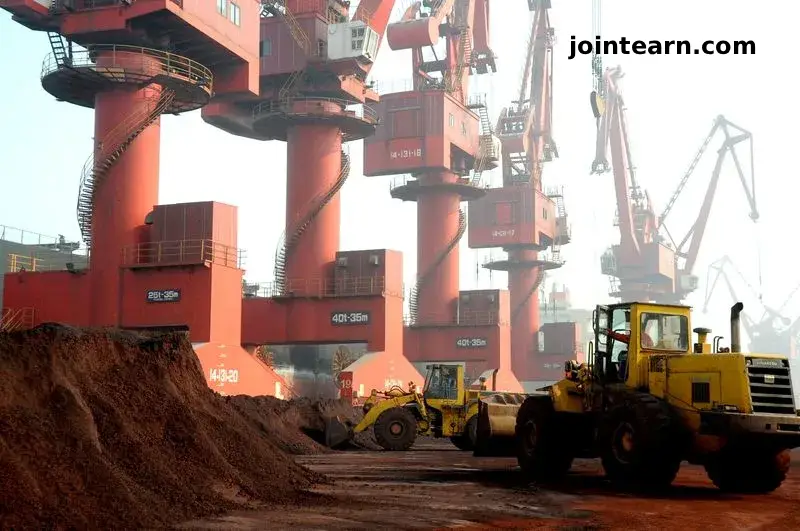
A fresh wave of tension has erupted between the United States and China as both nations exchange sharp remarks over new rare earth export controls, deepening concerns about global supply chains and geopolitical rivalry.
China Defends Its Rare Earth Export Policies
On Thursday, Chinese state media released a seven-point rebuttal to U.S. criticism, responding directly to Washington’s calls for Beijing to retract its new export licensing rules on rare earth elements—materials critical for producing semiconductors, electric vehicles, and renewable energy technologies.
The rebuttal, published by People’s Daily, emphasized that China’s measures are consistent with international trade practices and that advance notice had been given to the United States before implementation. The new controls, set to take effect on November 8, introduce stricter licensing requirements on exports of several rare earth minerals.
U.S. Calls China’s Move a “Global Supply Chain Power Grab”
In Washington, U.S. Trade Representative Jamieson Greer described China’s export restrictions as “a global supply-chain power grab,” accusing Beijing of leveraging its dominance in the rare earth market for strategic advantage.
Greer also suggested that China could avert renewed U.S. tariffs—reportedly as high as triple digits—if it chose to abandon or revise the new export measures. The warning comes amid growing U.S. efforts to diversify rare earth sourcing and reduce dependence on Chinese suppliers.
A War of Words Ahead of Trump–Xi Meeting
Tensions have been mounting since a September phone call between President Donald Trump and Chinese leader Xi Jinping, during which both sides traded accusations of economic coercion and political grandstanding. The exchange took place just weeks before the two leaders are expected to meet for renewed trade talks.
Beijing has attributed the current dispute to the U.S. Commerce Department’s expansion of its “Entity List”, which restricts exports to Chinese firms accused of circumventing U.S. chipmaking controls. Washington, however, argues that China’s recent restrictions on critical minerals mark the real escalation—an act Trump called “shocking.”
Beijing’s Counterpoint: U.S. Uses Similar Controls
In its published infographics, People’s Daily highlighted that the United States maintains export controls on over 3,000 items, far exceeding China’s list of roughly 900. The graphics argued that export controls are a common tool among major economies and that Beijing’s latest policies align with long-standing international norms.
“Implementing such export controls is consistent with global practice,” one infographic stated, underscoring that Washington has maintained similar trade measures since the 1950s, particularly in the semiconductor sector.
The Global Times: “Tit-for-Tat Is No Surprise”
An editorial in the Global Times, a state-affiliated tabloid often used to convey Beijing’s policy tone, noted that Washington should not be surprised by China’s tit-for-tat response. The piece argued that the recent flare-up in trade tensions was “triggered by Washington’s breach of promises”—a recurring pattern in past trade negotiations.
The editorial added, “The sudden shift in the trade atmosphere caught many by surprise, yet that’s not surprising,” implying that China’s actions are a predictable reaction to U.S. pressure tactics.
The Broader Impact on Global Supply Chains
The latest escalation underscores the strategic importance of rare earth elements, which are essential to technologies ranging from defense systems and consumer electronics to green energy infrastructure. China currently controls roughly 70% of global rare earth production, giving it significant leverage over global supply networks.
Industry analysts warn that continued trade friction could disrupt supply stability and drive up prices for manufacturers worldwide, potentially affecting everything from smartphones to electric vehicles. Meanwhile, the United States has accelerated efforts to rebuild domestic rare earth processing capacity and forge partnerships with allies like Australia and Canada.
As both sides dig in, the rare earth trade dispute is becoming a focal point in the broader U.S.–China economic rivalry, signaling a prolonged standoff that could reshape global industry dynamics for years to come.
Leave a Reply